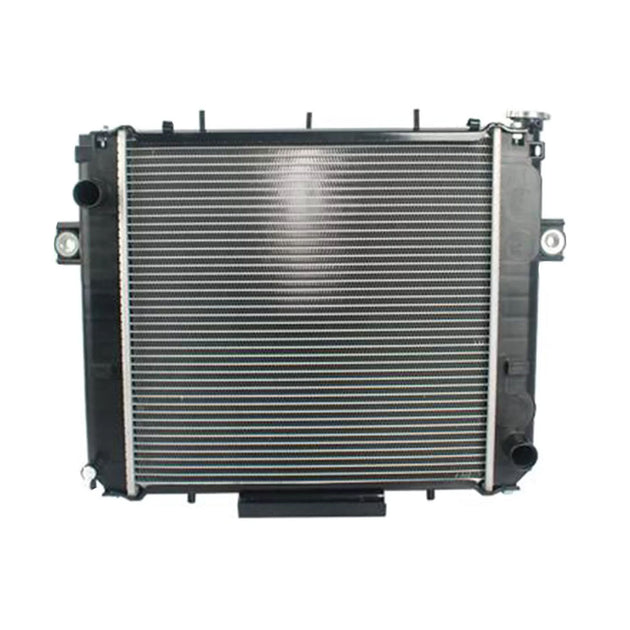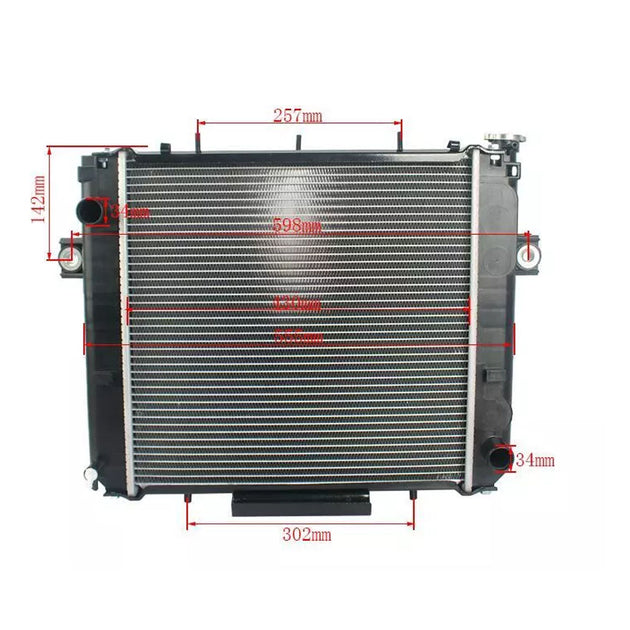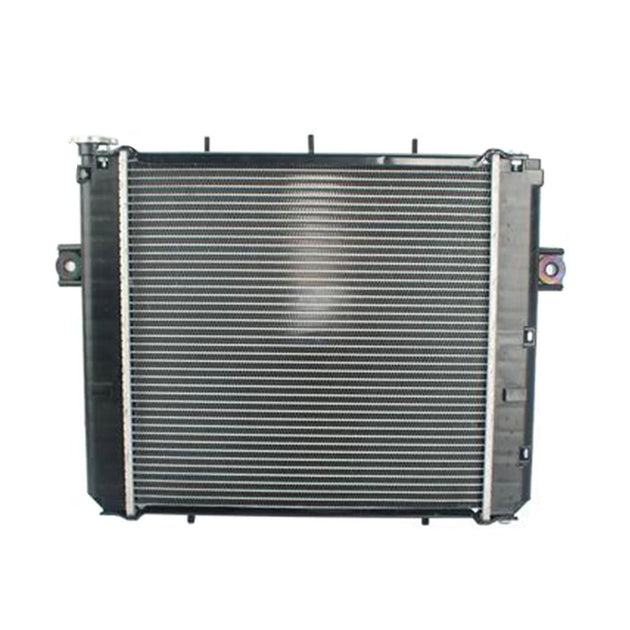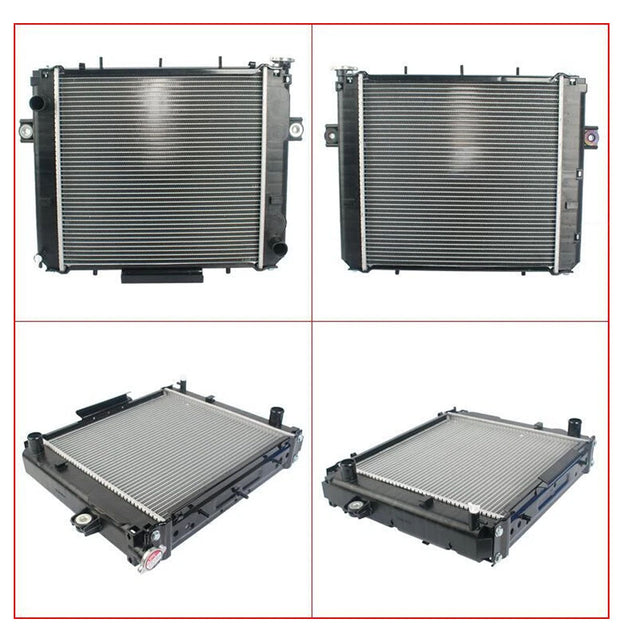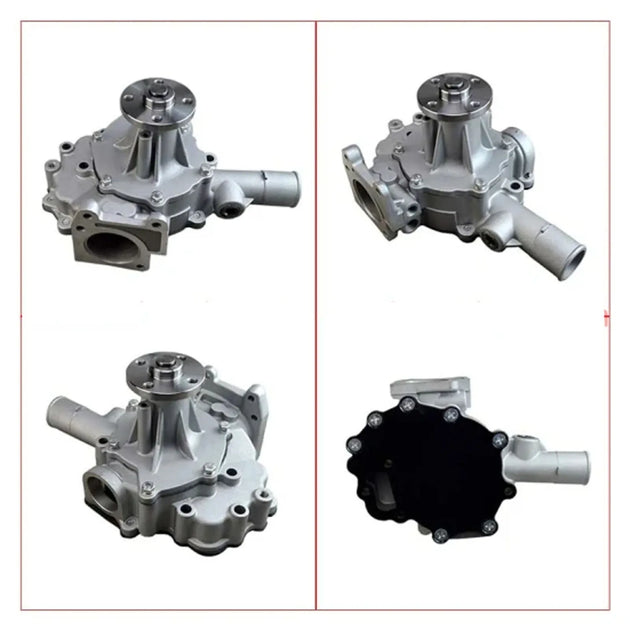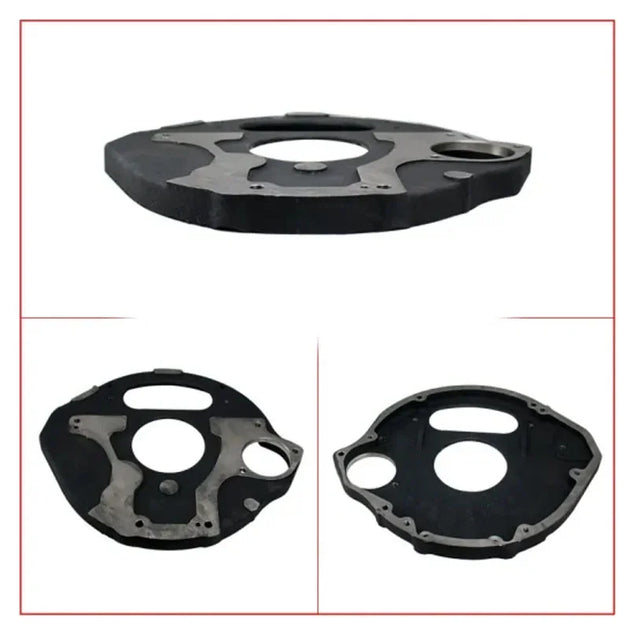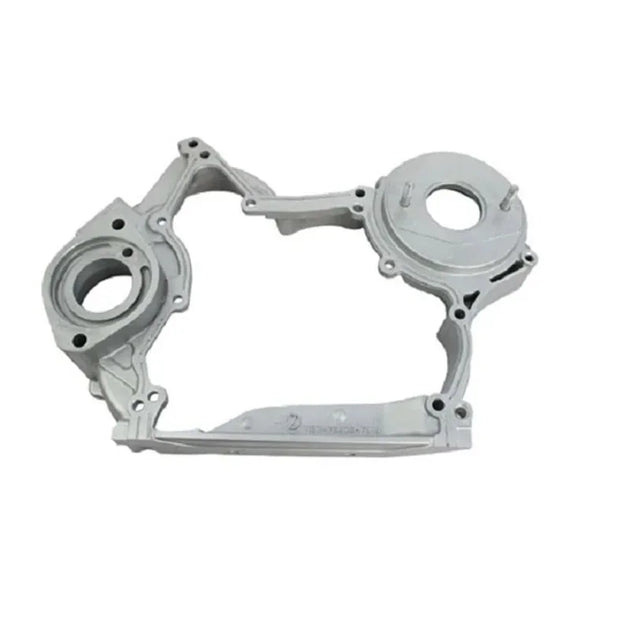Filter and sort
Electrical Parts
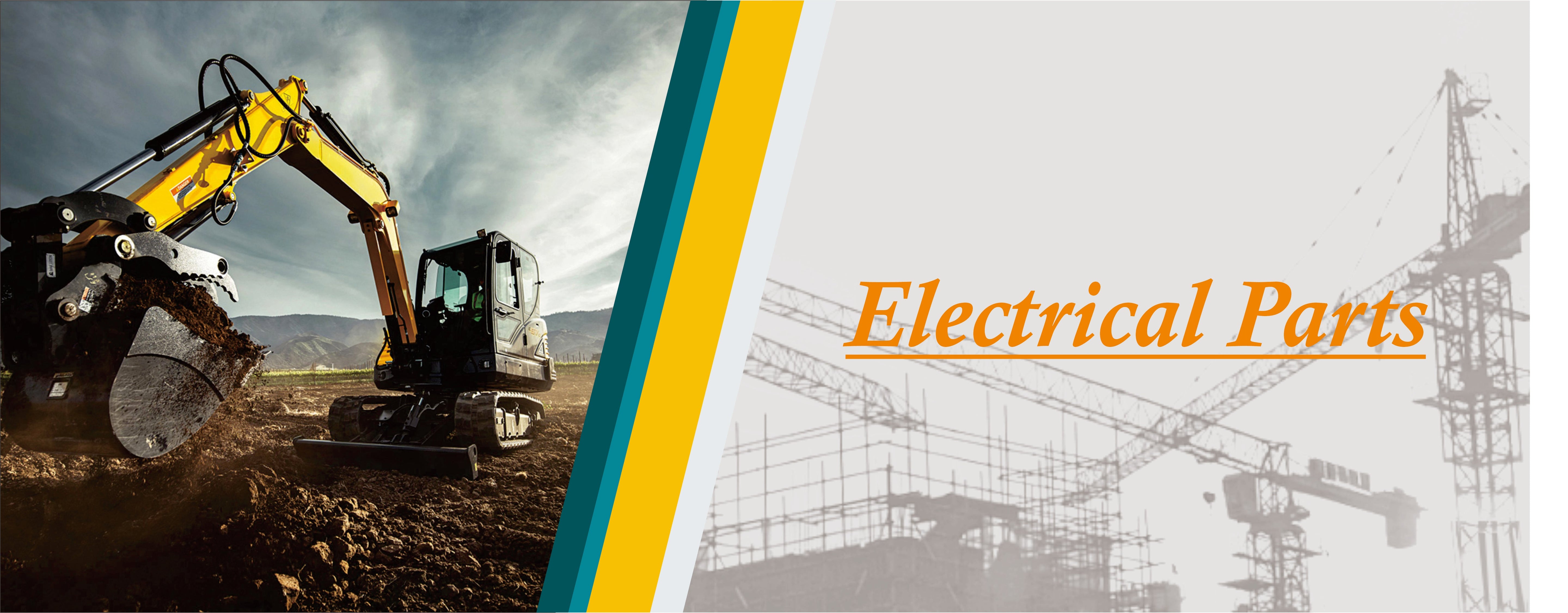
Special Offers
-
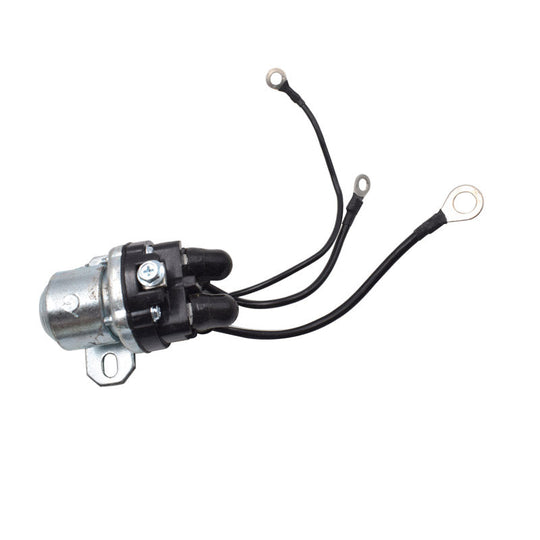
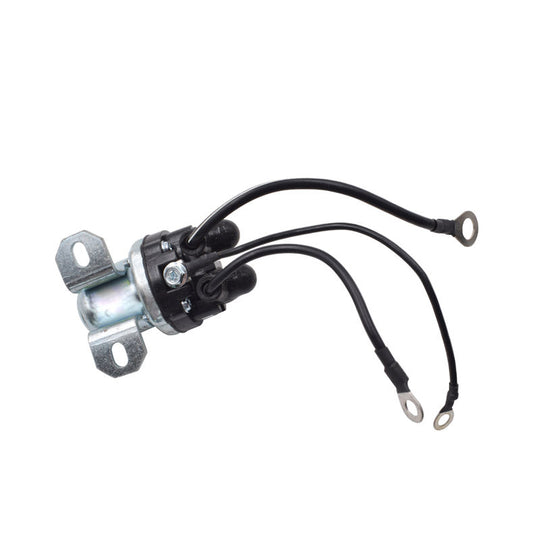


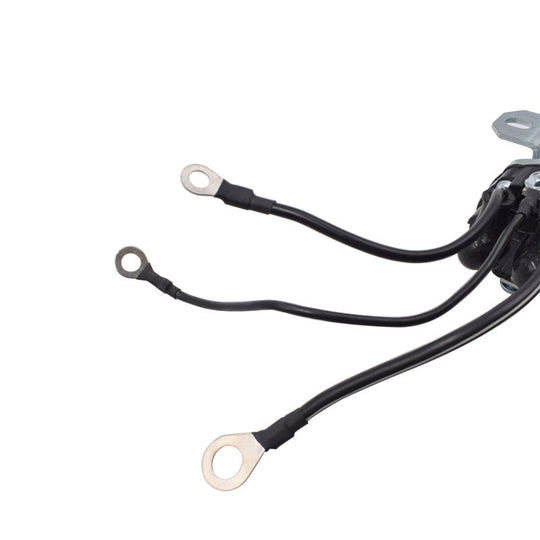
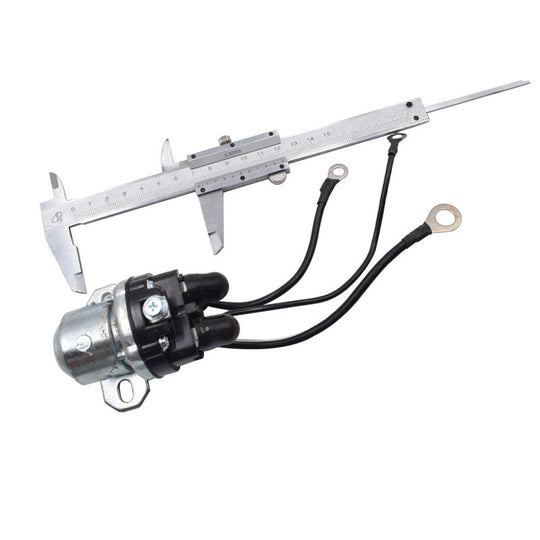
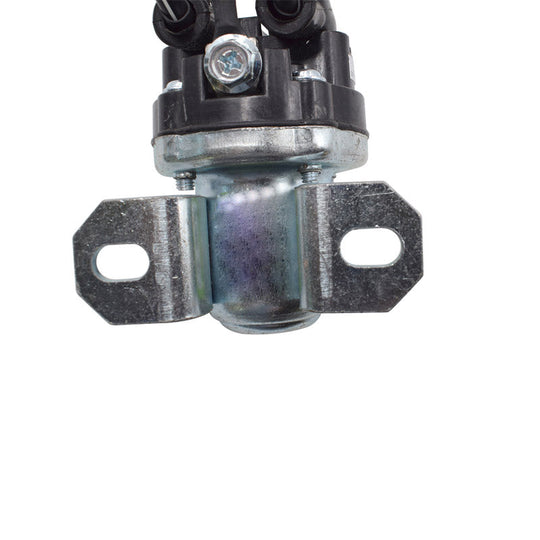
Vendor: Mitsubishi
12V 24V MD342751 Glow Plug Control Relay unit for Mitsubishi Pajero III IV L200 IV Montero Sport II 2000-2016 Galant Challenger
12V 24V MD342751 Glow Plug Control Relay unit for Mitsubishi Pajero III IV L200 IV Montero Sport II 2000-2016 Galant Challenger Part Number: MD342751 Application: for Mitsubishi Pajero III IV L200 IV Montero Sport II 2000-2016...Sale price $ 36Regular price $ 49 -
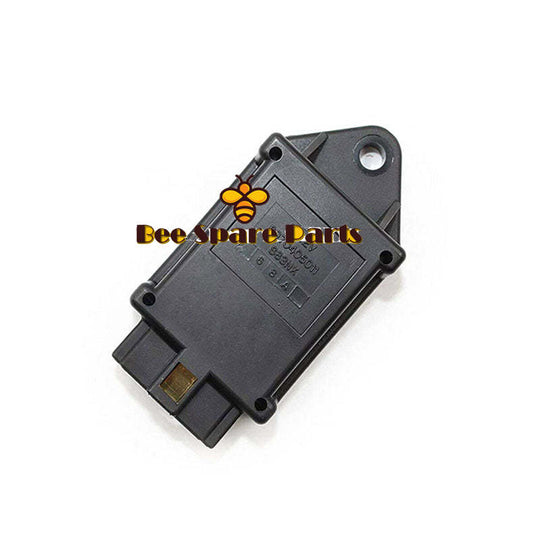

Vendor: TCM
OEM Glow Plug Relay Timer 21152-42013 for TCM FD15T19 Forklift
OEM Glow Plug Relay Timer 21152-42013 for TCM FD15T19 Forklift Part Number: 21152-42013 Application: for TCM FD15T19 Forklift Condition: New Aftermarket Parts In StockRegular price $ 45 -
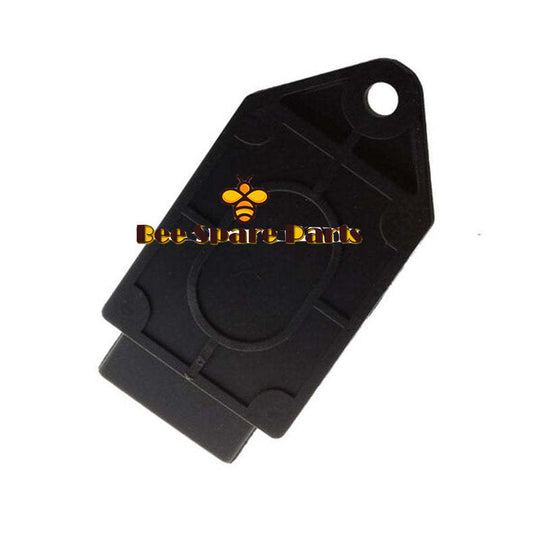

Vendor: ISUZU
12V 6 Pins Glow Plug Relay 129901-77960 for Yanmar Isuzu C240 Engine
12V 6 Pins Glow Plug Relay 129901-77960 for Yanmar Isuzu C240 Engine Part Number: 129901-77960 Application: for Yanmar Isuzu C240 Engine Condition: New Aftermarket Parts In StockRegular price $ 78 -
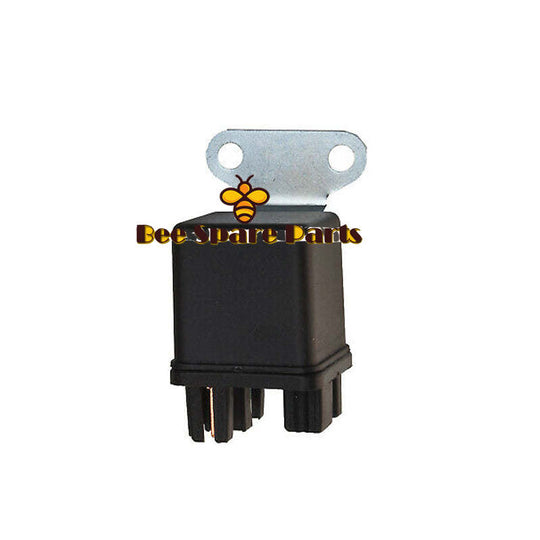
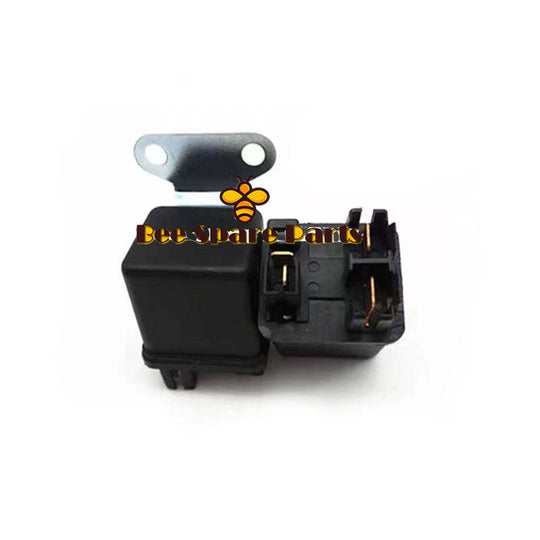


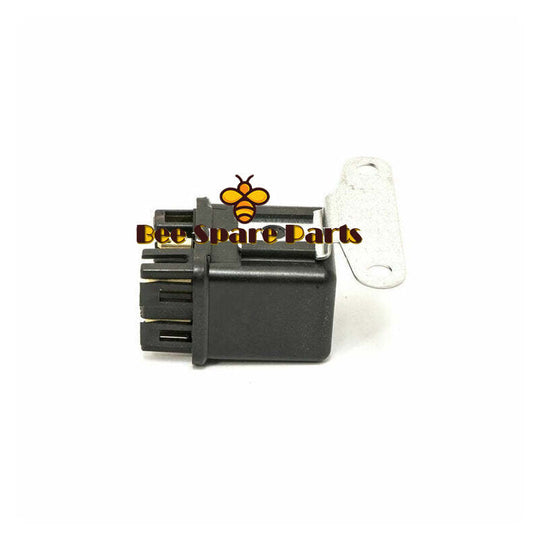
Vendor: Hitachi
Buy Relay Glow Plug 8-94248-1610 12V for Isuzu Hitachi ZAXIS27U ZAXIS50U ZAXIS40U 8942481610
Buy Relay Glow Plug 8-94248-1610 12V for Isuzu Hitachi ZAXIS27U ZAXIS50U ZAXIS40U 8942481610 Part Number: 8942481610 8-94248-1610 Application 12V for Isuzu Hitachi ZAXIS27U ZAXIS50U ZAXIS40U Condition: New Aftermarket Parts In StockRegular price $ 15 -
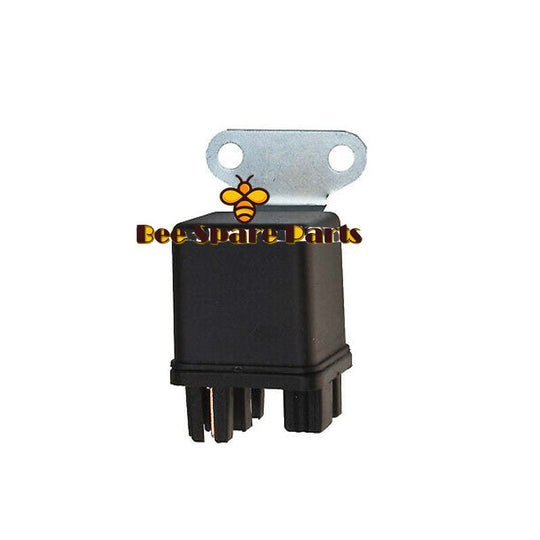
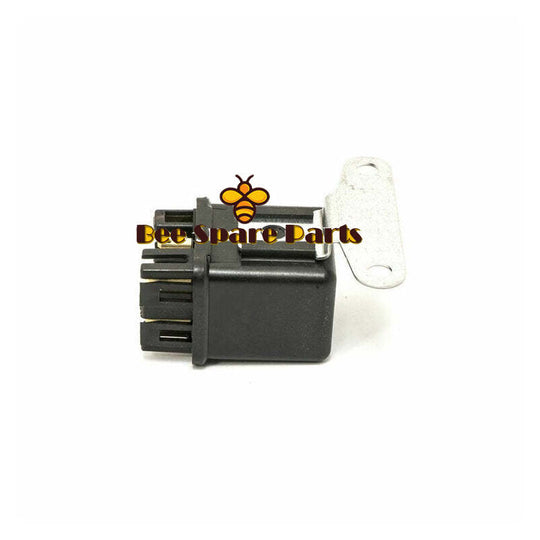


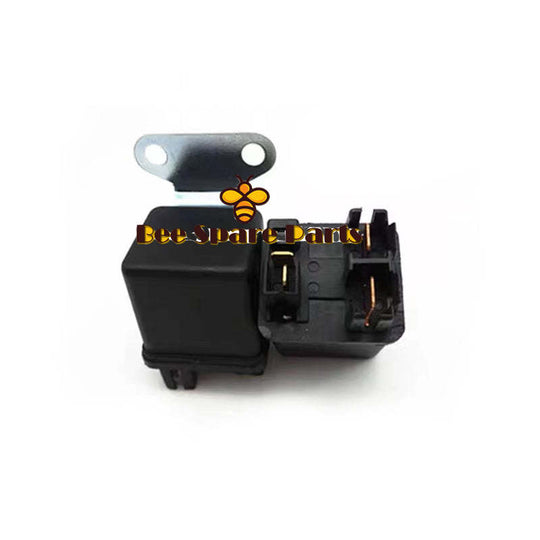
Vendor: Yanmar
Glow Plug Relay 119650-77910 119650-77911 for Yanmar NGK G71Su John Deere Cub Cadet
Glow Plug Relay 119650-77910 119650-77911 for Yanmar NGK G71Su John Deere Cub Cadet Part Number: 119650-77910 119650-77911 Application: for Yanmar NGK G71Su John Deere Cub Cadet Condition: New Aftermarket Parts In StockRegular price $ 19 -
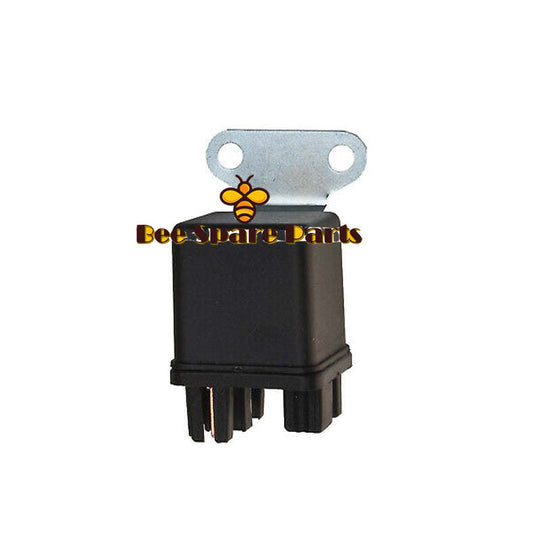
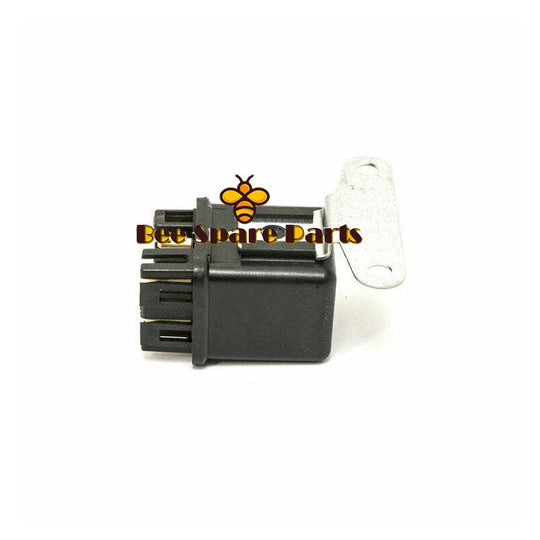


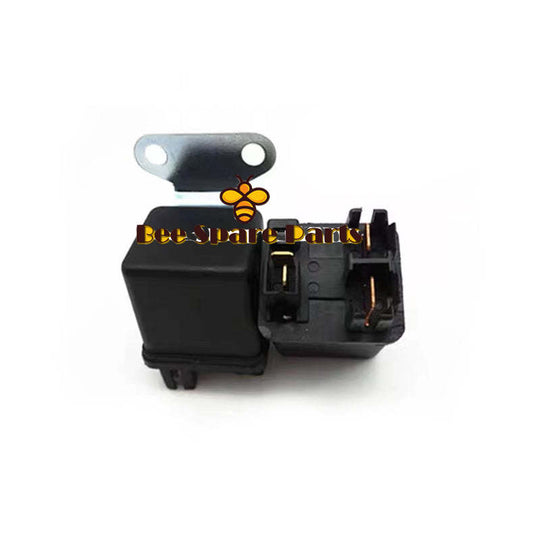
Vendor: Yanmar
Glow Plug Safe Relay 12V 119650-77910 119650-77911 for Yanmar Engine 4TNV94 Excavator Hyundai R50 R60 Daewoo DH60-7 Volvo EC55BLC
Glow Plug Safe Relay 12V 119650-77910 119650-77911 for Yanmar Engine 4TNV94 Excavator Hyundai R50 R60 Daewoo DH60-7 Volvo EC55BLC Part Number: 12V 119650-77910 119650-77911 Application: for Yanmar Engine 4TNV94 Excavator Hyundai R50 R60 Daewoo DH60-7 Volvo...Regular price $ 19
What are the electrical parts?
The electrical system has three main functions. One is to power the starter motor through the battery, causing the starter motor to run and complete the initial stage of the stroke work through the crankshaft connecting rod structure, and exit the next working system after the engine is started, so this part is sometimes called the engine's The main component of the starting system is the starter motor; the second is to ensure the normal operation of the engine during work, ensuring normal oil supply, normal air intake, and starting protection devices when encountering high temperatures and high pressures. The main components include various sensors and switches. Third, during operation, the charger is driven by the engine to charge the battery and ensure that the battery is fully charged. The main component is the charger.
The electrical system can be classified according to the speed control system of the engine. The electrical system of the machine control is relatively simple, including only the starter, charger, and switch with sensor function. Of course, some assembly plants may have additional wiring in the control box of the unit. , a sensor is installed in the engine for control; in addition to the mechanical starter and charger, the ESC also has an electronic speed regulator and actuator; while the EFI/electronic control is more complex, and its main features are various There are many sensors and they are controlled by a computer board.
1. Battery
The battery is generally not a product that comes with the engine, but is selected, tested and matched by the assembler. The usual voltage is 12V or 24V, and its main function is to power the starter motor, ECM and other electrical equipment. Under normal circumstances, when the engine is running once, the battery is fully charged, because although the battery is discharged in the early stage, it will be fully charged again during the engine running process.
2. Starting motor
The essence of a starter motor is an electric motor. The principle is the magnetic effect of current, which generates a magnetic field through energization and promotes the rotation of the starter. The starter is installed on the side of the timing gear. When starting, the probe of the starter stretches out, contacts the timing gear box gear, and pushes the gear to rotate. After reaching a certain speed, usually 250-300 rpm, the probe It will retract. At this time, the engine can run normally and the work of the starter motor is completed.
An introduction to the main systems of the engine - Youjia
3. Charger
It is also called an alternator, so it is essentially a small generator based on the principle of electromagnetic induction. Driven by the engine, the coil cuts the magnetic induction lines to generate current and supplies it to the battery. The gear of the charger is connected to the crankshaft gear through a belt, and its power is also provided through the crankshaft. The charger is equivalent to a microcosm of a diesel generator set and usually includes excitation windings, etc. We will discuss this later when we introduce the electric ball.
An introduction to the main systems of the engine - Youjia
4. Sensors and switches
Sensors and switches are electrical devices and serve a similar purpose. Sensors and switches feedback information to the computer board or controller through signals, so that the computer board or controller can perform corresponding actions according to the corresponding program. The difference is that the sensor generates pulse signals and transmits information to the control center continuously, while the switch has a threshold, and it is energized only when it exceeds or falls below the threshold and feeds back to the control center. Sensors usually include temperature sensors, pressure sensors, rotational speed sensors, etc., and switches are mainly temperature switches and pressure switches.
